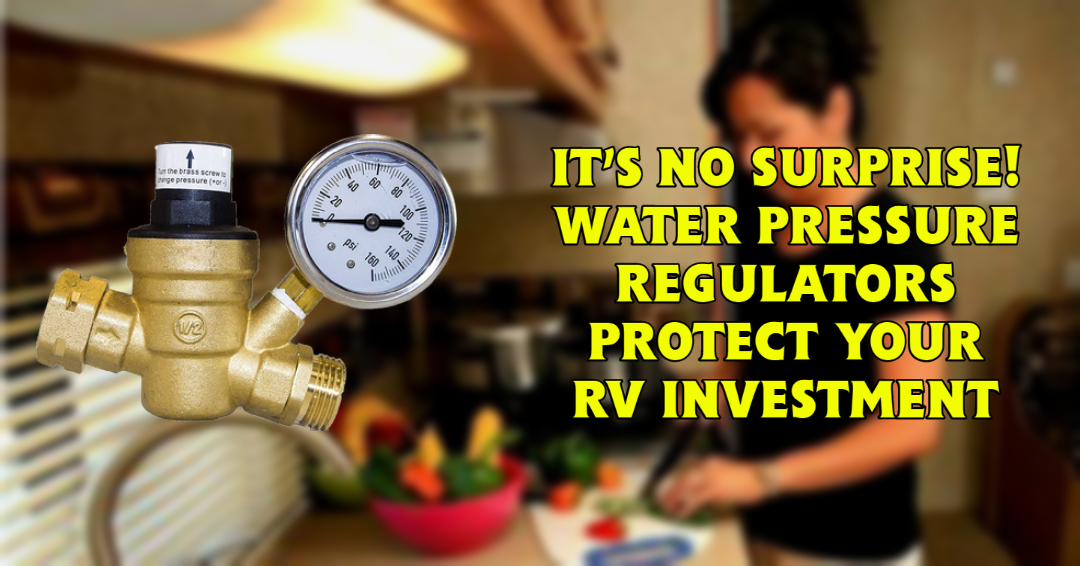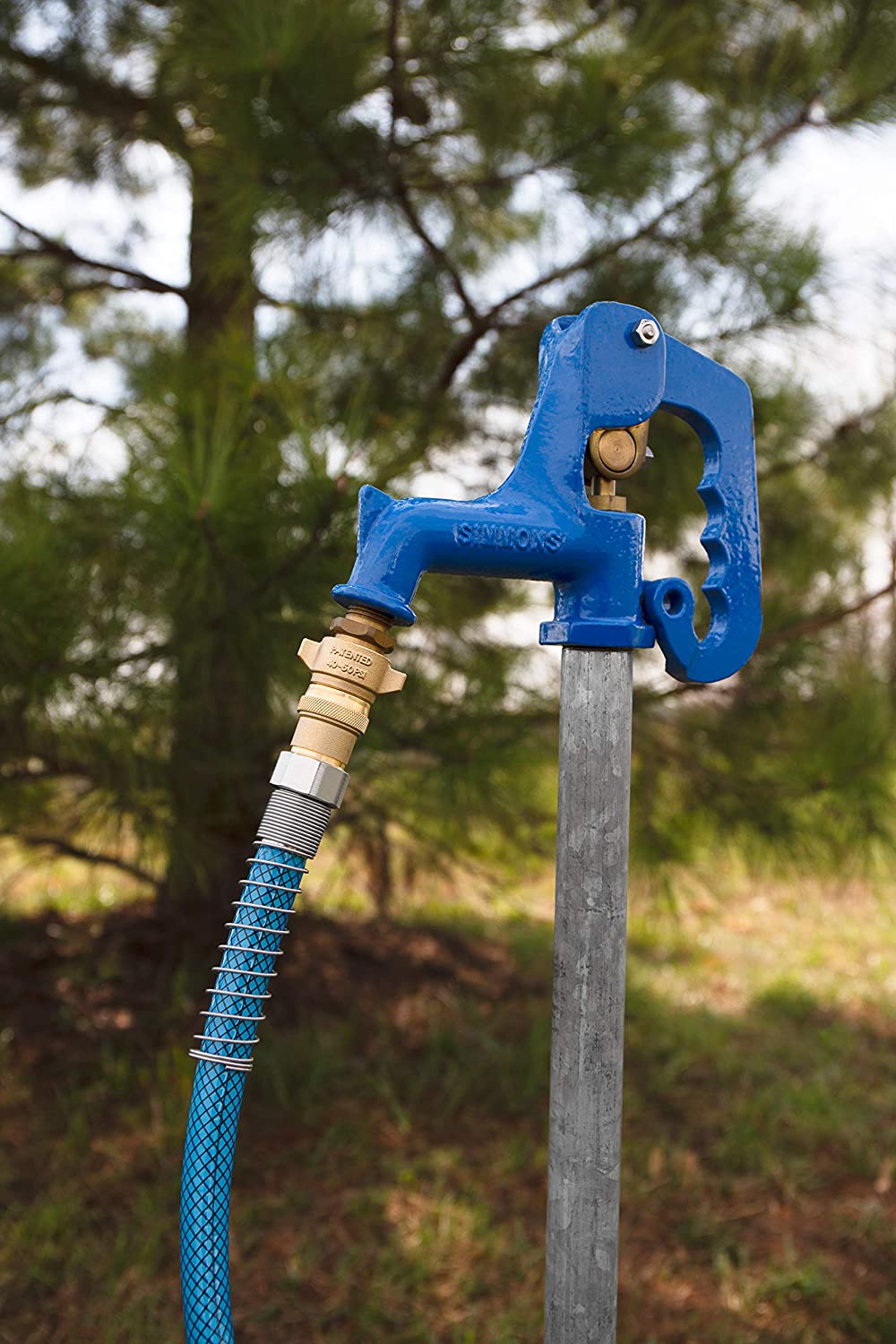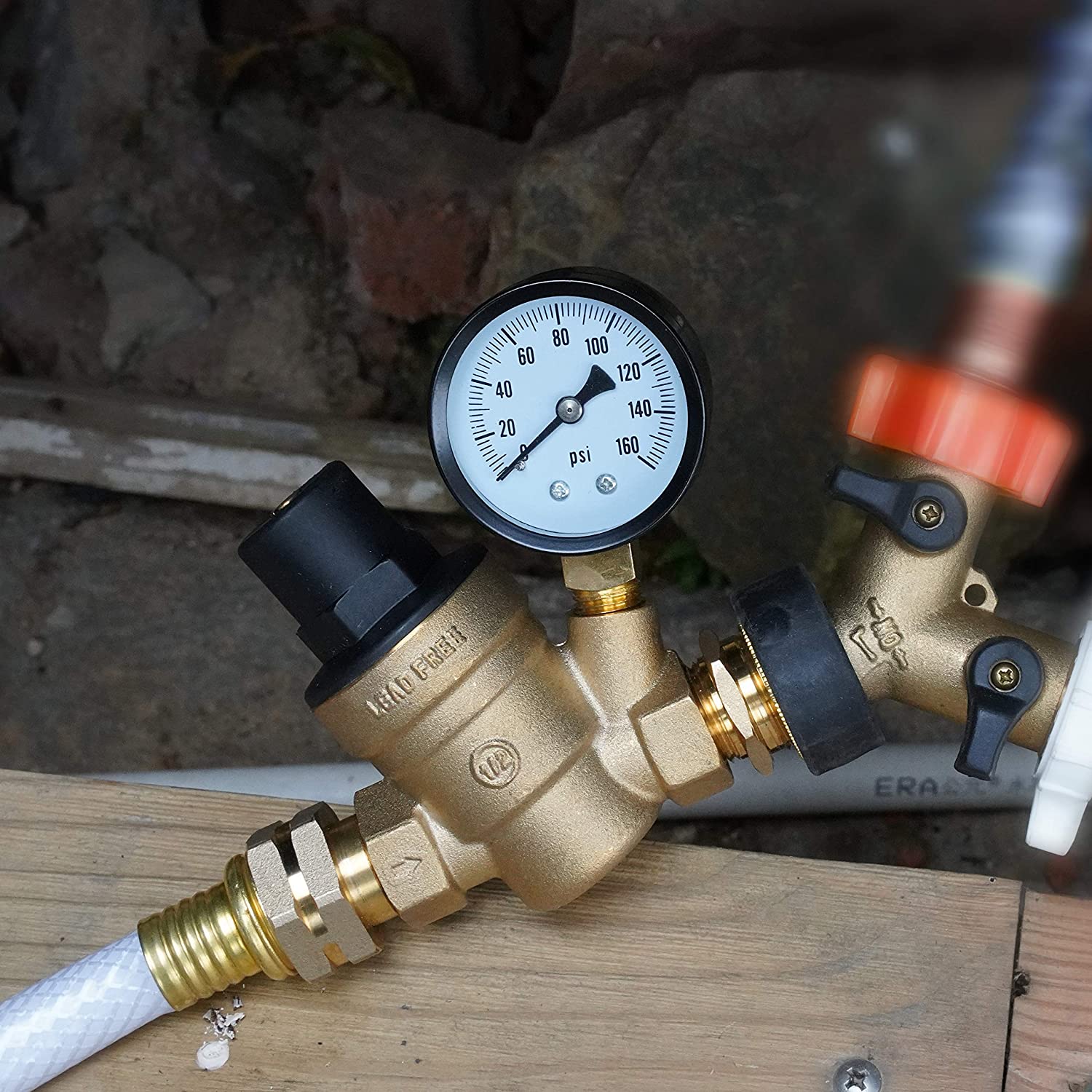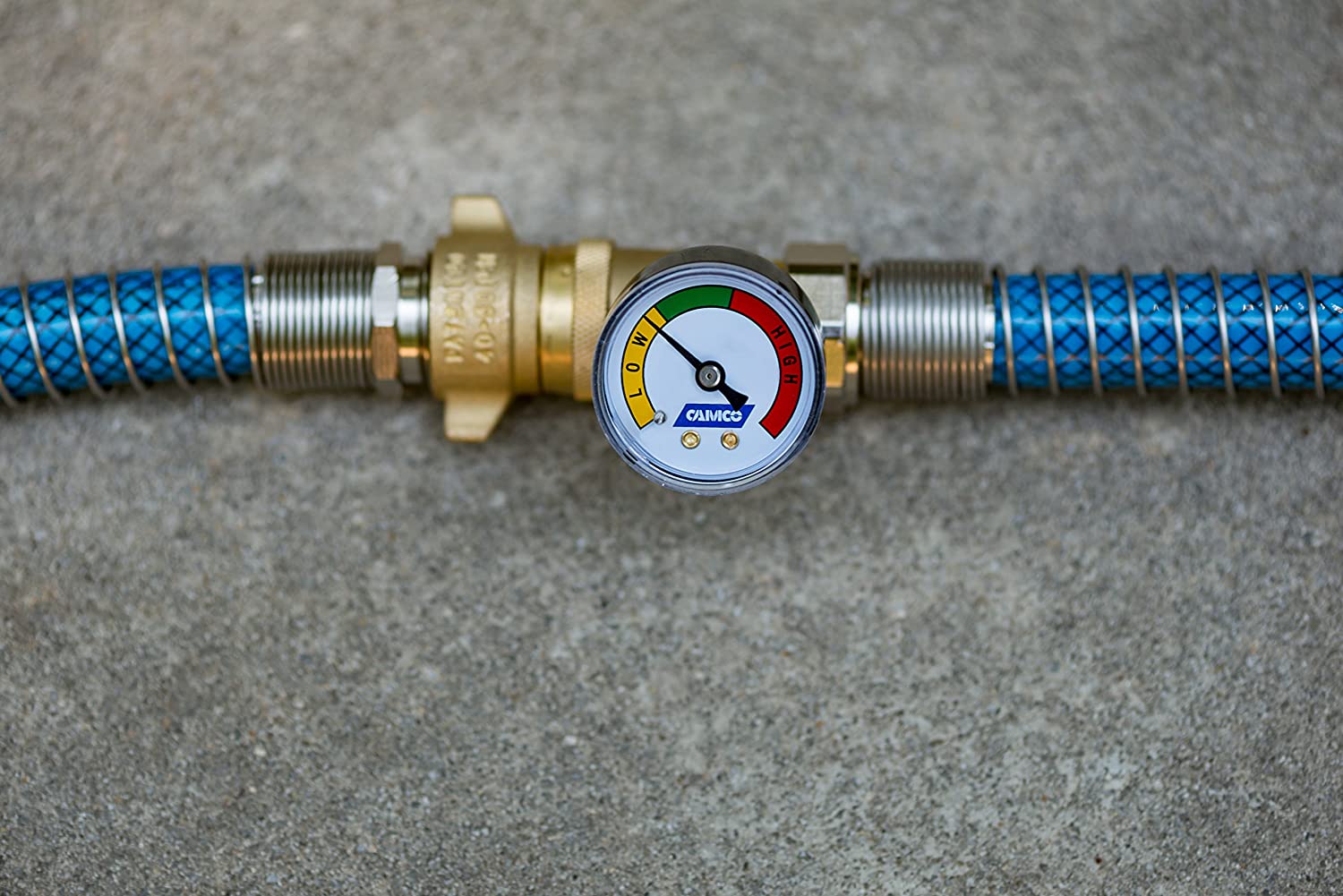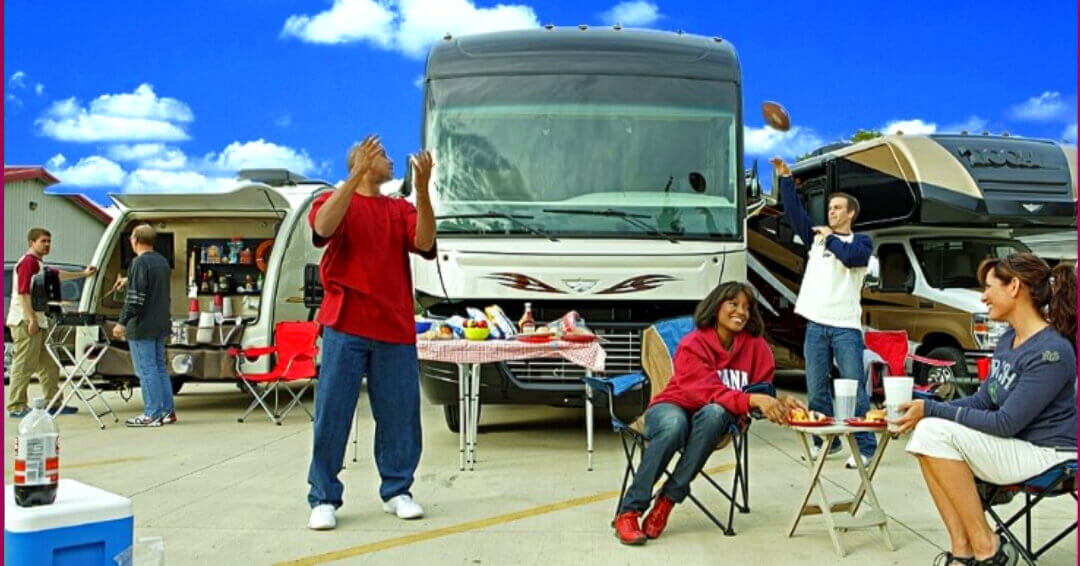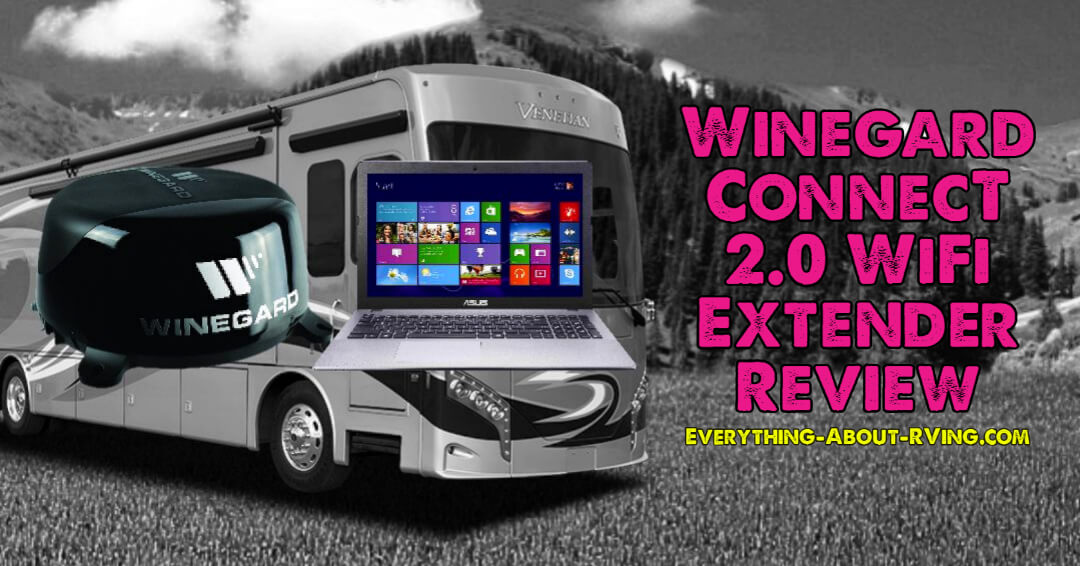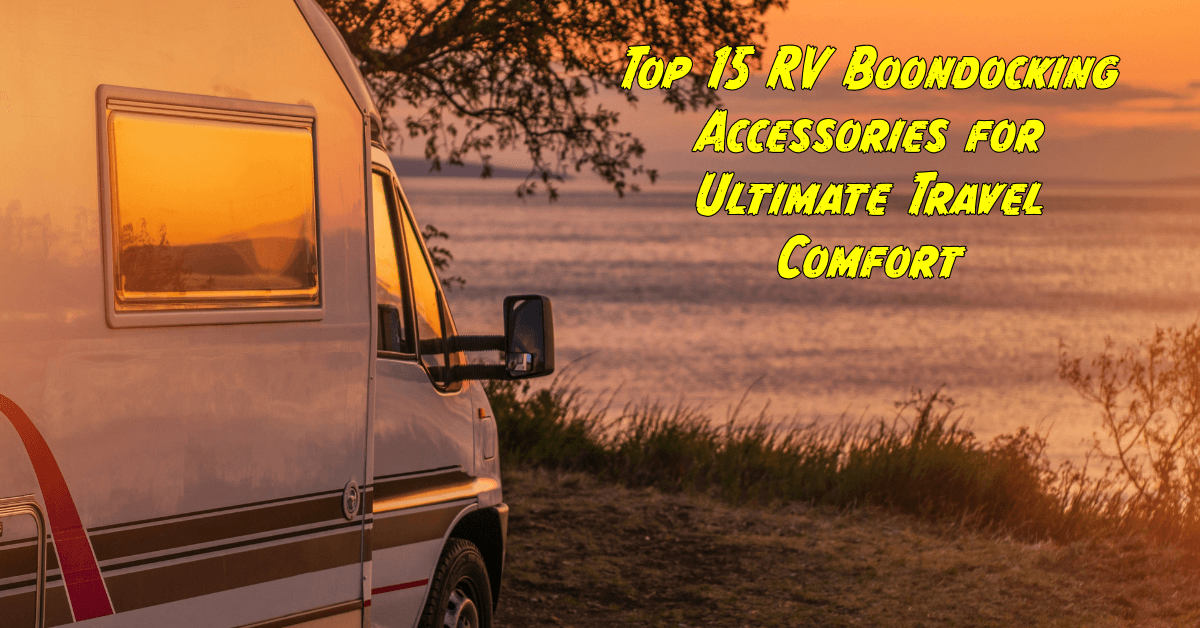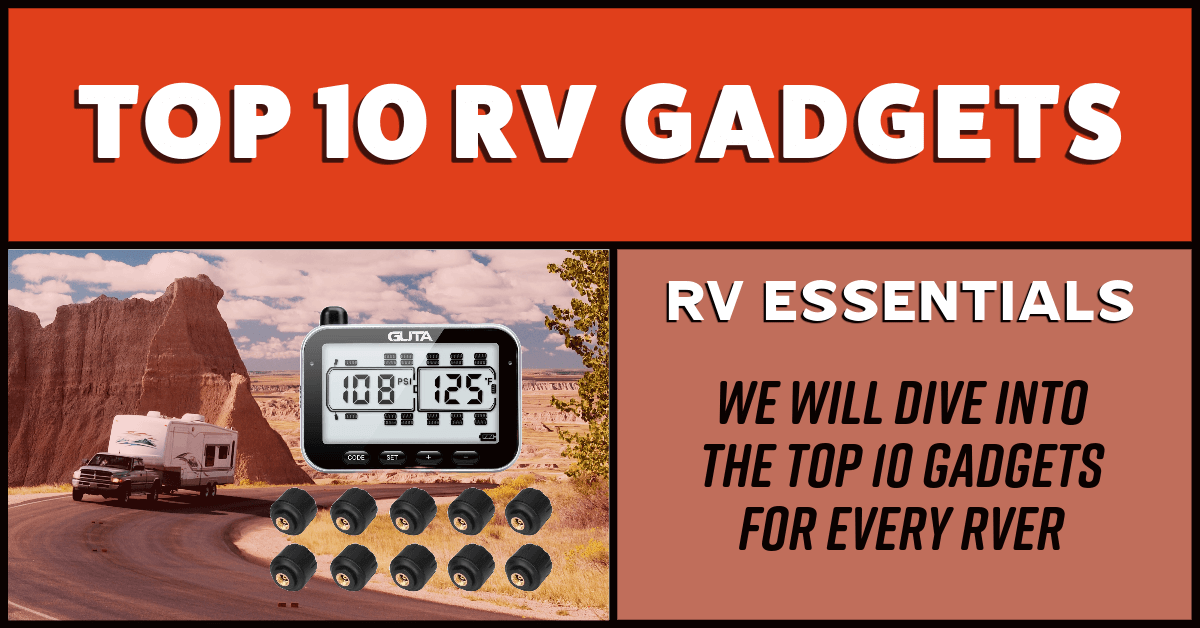It's No Surprise
Water Pressure Regulators
Protect Your RV Investment
High water pressure can cause serious structural damage to your RV
By Keith Bernard
CEO CLEAR2O
If you're an RVer who likes surprises, you'll just love campground water.
Not only does it vary widely from location to location in terms of quality, it can also fluctuate significantly with regards to water pressure. That's because the source of each campground's water – generally a city water supply – is unlikely to be monitored, according to Camping World. Thus, the pressure can be very high, very low, or somewhere in the middle. On the low end, it's more of an irritant; at the high end, the consequences can be far worse, as it can cause leaking, damage sensitive fittings, or cause serious structural damage to your RV. That's not really the kind of surprise you want.
Unlike many problems in life, this one has a relatively simple solution: the addition of a water pressure regulator. RVs are equipped with plastic and copper fittings, as well as clamps, most of which can only withstand 40 to 50 PSI (pounds per square inch). Depending on the location, some water sources can have pressures as high as 100 PSI; in fact, it is not unheard of for some campgrounds to be even higher. A water pressure regulator will allow you to manage the pressure from the water source and ensure that you can create a safe setting for your RV.
(Your target PSI depends on whether you have a newer or older vehicle model. Many of the newer rigs claim that they are capable of sustaining a load of 100 PSI through the plumbing system; however, experts warn that this is an unnecessary risk and to keep your PSI at 60 or less in a newer model. Generally, older versions shouldn't be higher than 50 PSI.)
There are several types of water pressure regulators to choose from. Each has its own advantages based on cost and performance:
in-line barrel (pictured to the left) is at the lower end of the cost scale. Although not adjustable, these models will allow you to control water pressure to within 40 to 45 PSI – a pretty safe level for most any RV. However, if you prefer higher water flow, you'll want a pressure regulator with a higher PSI.
The in-line barrel high flow works with higher water pressures. Like the lower flow in-line barrel, it is not adjustable, and it does tend to be more expensive than the regular in-line barrel. However, the higher flow rate does result in better showers and a more powerful sink water stream, so you'll likely find it's worth the extra expense.
Adjustable water pressure regulators allow RVers to do exactly what their name implies: adjust the pressure of the water flow. Typically, these devices – which are usually set at 45 PSI when they come from the factory – and feature a water pressure gauge that provides a numerical reading of the actual PSI from the water intake. Given its adjustability, it is the preferred choice of many RVers, though it is more expensive than the other two. These models can generally be adjusted with a simple turn of a set screw. Although, you will need a screwdriver, and these type are much larger than the inline variety, so you will need a place to store it. Thus, we see mostly full timers using this type or at least those that stay in one location for longer periods.
For proper RV water pressure regulator use, install the regulator between the water source and the freshwater hose. This ensures that the pressure is correct before it even enters the hose or your RV's plumbing. Attaching the regulator to the water source is simple; just twist the regulator onto the spigot and connect the other side to the water hose.
You may also note that the campground you are visiting may already provide regulators on each spigot, although better to use your own as you don't know the age of the regulator or whether or not the park's regulators are in good working order. Just make sure you reinstall the campground's regulators when you leave. The next camper may not have a pressure regulator and at least something is better than nothing at all.
A few additional factors to ponder when evaluating a water pressure regulator:
- Lead-Free: You don't want lead in your water, which means you don't want lead in your regulator. There are many lead-free models, as well as low-lead models that are within approved EPA limits and guidelines.
- Sturdiness: Look for regulators that are designed from sturdy materials. There's going to be a lot of water going through the device, and you want to ensure that it will stand up over time. Most are designed from brass, which is ideal for long-term use. Stay away from plastic.
- Pricing: Regulators can cost as little as $5 (not recommended) to well over $100. The majority fall between $15-$50 and are typically made of brass and are lead-free; the high-end, adjustable versions should have a gauge.
- Brand: we suggest to seek out a well known brand as there are a lot of "knock off" products in this category. Go with one you know, even if it is a little more expensive. As your water flows through this, make sure it is from a brand you trust.
Don't Miss New Year Savings! Good Sam Travel Assist Plans Starting at $59.95! Learn More!
Before utilizing a water pressure regulator, you may want to check the pressure just to get a baseline pressure reading. To do this you will need to purchase a water pressure gauge, which can be found at local RV part stores, dealerships and other supply stores. (If you have an adjustable regulator, you can use the gauge that comes with it.) Screw the water pressure gauge directly onto the faucet of the water source and open up the water line. This will provide you with a reading of the water pressure coming out of the source. If it is at or above 40 PSI, you will want to put a water pressure regulator for RV onto the water hose before connecting your water system up to it.
Our recommendation is that you use a water pressure regulator regardless of the reading – even if it's at a perfect 40-45 PSI. This is because at many campgrounds, especially larger ones, the water pressure often rises quickly - and substantially - as other RVers disconnect from the city source.
Lastly, you should perform regular maintenance on your RV water pressure regulator to guarantee optimal performance. Inspect it for any cracks or damage to the interior and exterior. If it has a filter, check it on a regular basis to make sure that it's intact.
A solid, high-quality water pressure regulator is an important element in protecting your RV, as well as making each trip more comfortable and trouble-free. We strongly suggest you make the investment – and save the surprises for birthday parties.
About The Author
Keith Bernard is CEO of CLEAR2O, a leading manufacturer of water filtration systems and products for RVs.
Do you have any suggestions or comments on this topic? You can add them to this page by using the comments section located below.
